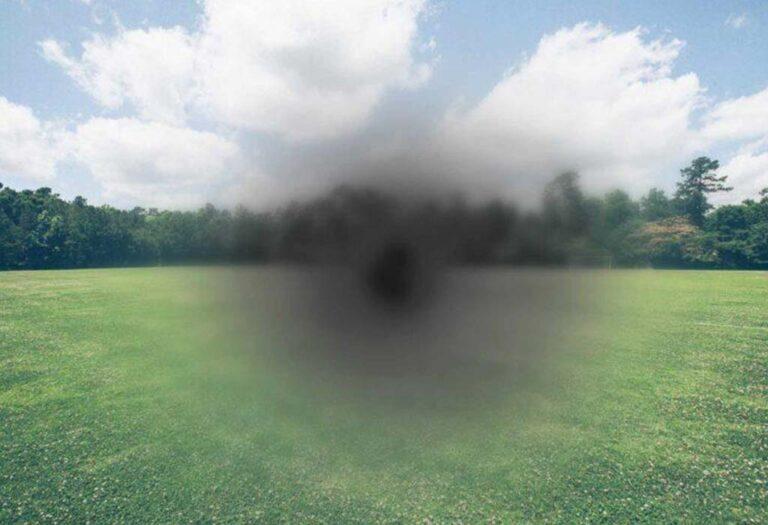
Eyes, Lids & Face by Dr. Maeve
Macular Degeneration Assessment

What is Macular Degeneration?
Age-related macular degeneration (AMD) is a common condition involving damage to the macular, which affects central vision. The macular is a small but very important part of the eye that is located near the center of the retina, the light-sensing structures that line the back of the eye. It is responsible for allowing us to clearly see fine details, so macular degeneration can make day-to-day activities such as driving, reading, and recognizing faces more challenging. Typically, AMD affects people over the age of 50.
Symptoms
Macular degeneration symptoms can occur in one or both eyes and affect your central vision. .
Early symptoms can include blurry vision or distorted vision. As it worsens, you may be unable to see things in the central part of your vision and often lose the ability to see fine details, close up and far away. You may lose the ability to recognise individual faces.
Causes
The exact causes of this disease are unknown, however, there is evidence that certain people are at a higher risk. Those include smokers, overweight people, people with high blood pressure, and people with a family history of AMD.
It is recommended that those with AMD quit smoking, exercise regularly and maintain a healthy lifestyle with their diet. They must also have regular eye checks with their optician.
Eyes, Lids & Face by Dr. Maeve
Macular Degeneration FAQ's

Age-related macular degeneration (AMD) is a condition that damages the macula, a small part of the retina responsible for sharp, central vision. This damage affects your ability to see fine details, making activities like reading, driving, and recognizing faces difficult. AMD primarily affects people over 50 and can significantly impact daily life as central vision deteriorates, although peripheral vision is usually unaffected.
Age-related macular degeneration (AMD) primarily impacts central vision, impairing your ability to see fine details. The macula, a critical part of the retina, suffers damage, leading to significant vision loss in advanced stages. This deterioration can result in difficulties with activities such as driving, recognising faces, and reading small text, ultimately affecting daily life and independence.
A key red flag for macular degeneration is a gradual or sudden change in your vision quality, particularly if straight lines start to appear distorted. This distortion can progress to significant loss of central vision. Other warning signs include dark or blurry spots in the center of your vision or experiencing whiteouts in that area. Recognising these symptoms early is crucial for timely intervention and management.
